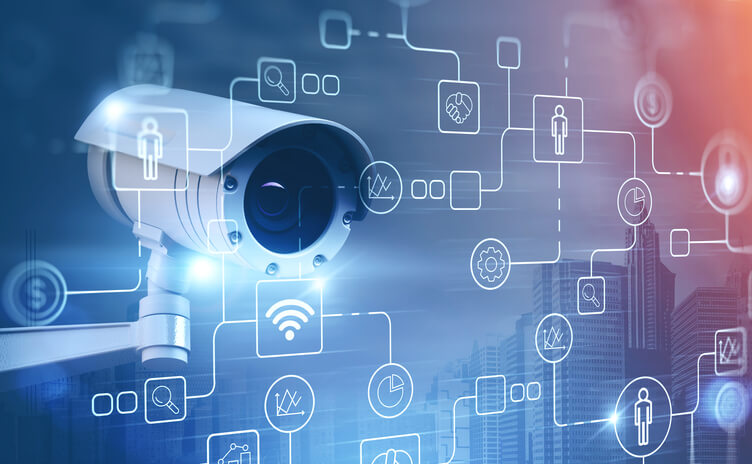
Today, employers have all types of technological tools at their disposal to conduct surveillance in the workplace. Employees across multiple industries find themselves under the watchful eye of electronic monitoring tools such as AI-enhanced cameras, keystroke tracking software, and sophisticated micro-trackers embedded in mouse devices, among others.
These technologies are designed to record and evaluate employee performance, influencing evaluations and even compensation decisions. However, employers must balance their need for productivity with employee privacy. In this blog, we discuss the potential drawbacks of relying heavily on electronic surveillance to monitor employee activities.”
The Creep of Surveillance Technologies in the Workplace
The rapid spread of surveillance technology is outpacing both employee awareness and regulatory frameworks. Advanced tools now can monitor an employee’s online presence, keyboard strokes, and physical activities, and even capture snapshots of their work. Yet, these methods often fall short in accurately interpreting such data, leading to unfair treatment of workers.
Furthermore, AI algorithms, increasingly employed to assess employee performance, show a lack of reliability in understanding human actions and intentions. This is particularly problematic for professionals like social workers, therapists, and hospice workers, whose work often takes them away from their computers. As a consequence, these employees may face unjust reductions in their recorded work hours, potentially leading to serious wage and hour infractions.
The Downside of Surveilling Employees
Although employers often have legitimate business interests in monitoring employees, not least are protecting confidential business information and trade secrets. But there are limits:
Negative Impact on Employee Well-Being
Widespread workplace surveillance leads to a detrimental environment for employees. Studies indicate that intense electronic monitoring, or even the mere suspicion of being monitored, triggers stress and anxiety among workers. Employees under surveillance frequently report experiencing high levels of stress.
Counterproductive Effects of Workplace Surveillance
Evidence suggests that surveillance in the workplace often backfires. Research demonstrates that being watched hampers workers’ creativity and efficiency. Privacy is critical for enhancing performance and boosting productivity. Employees under electronic monitoring tend to perceive their employers as authoritarian.
New York Employers Required To Notify Employees of Electronic Monitoring
While employers generally have broad leeway in surveilling their workforce, certain limitations are in place. As of May 2022, private employers are mandated to inform their employees if they are subjecting them to monitoring or interception of phone conversations, emails, internet activities, or other forms of electronic communication. Failing to adhere to this law can result in significant fines, starting at $500 for a first violation, escalating to $1,000 for a second, and reaching $3,000 for each subsequent offense. Despite these legal requirements and the possibility of hefty fines, the expansion of electronic surveillance in the workplace seems set to continue.
The Takeaway
The prevalence of electronic monitoring in the workplace is on the rise, particularly in the era of remote work that has emerged post-pandemic. The use of AI surveillance to evaluate productivity and dictate pay rates carries a substantial risk of bias. The best way for employees to understand and protect their rights concerning electronic monitoring is to consult a seasoned employment lawyer.

